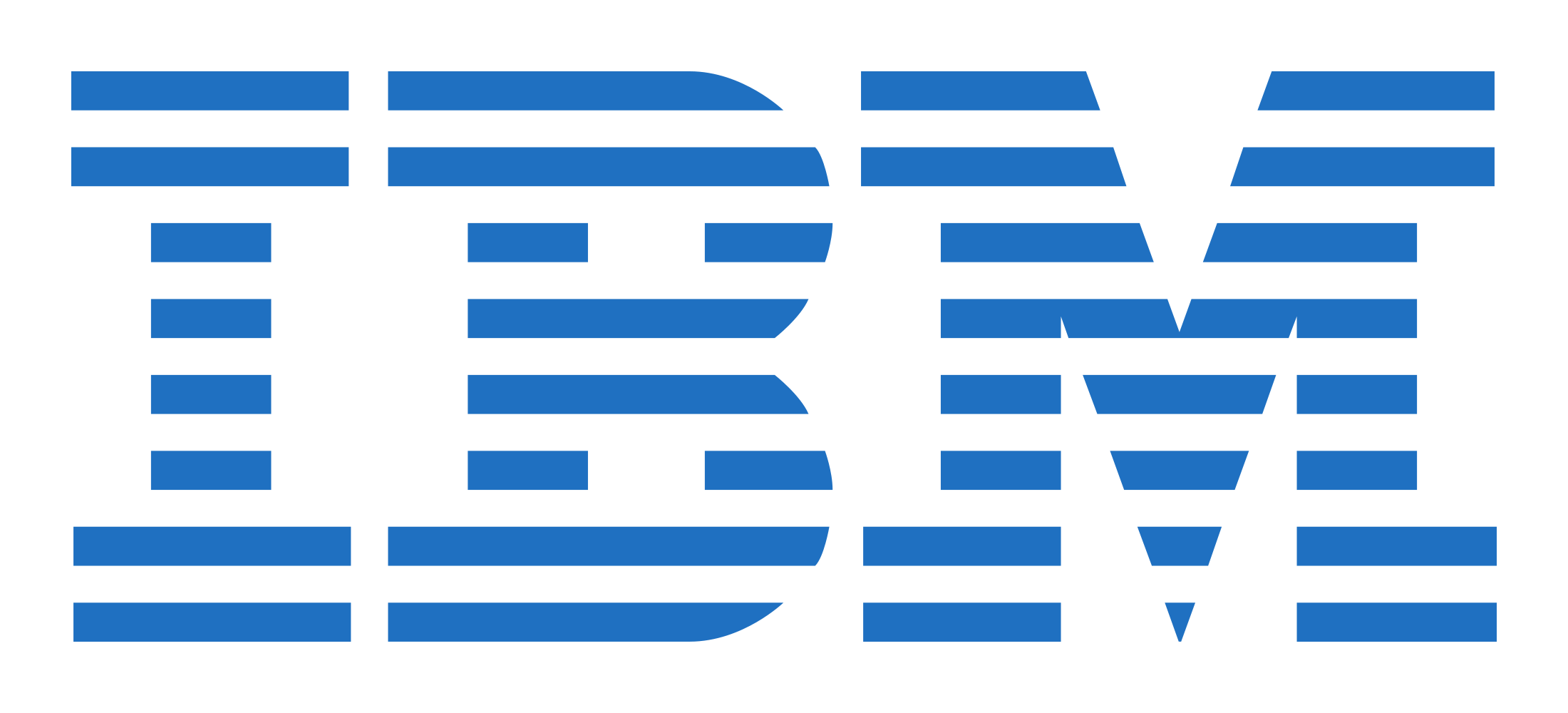
Collab is a native Android app that empowers university students to succeed academically and encourages them connect with the Coastal University community. With mature students in mind, this digital solution aims to reduce the intimidation of reaching out and isolation felt in virtual learning environments, and fosters more efficient student collaboration and communication.
Design Sprint Hackathon - Team of 7
UX Researcher & Designer
5 Days
Pen & paper, Sketch, Figma, Invision
Coastal University is a design sprint hosted by BrainStation and IBM. Due to COVID-19 Coastal University is looking to improve their students’ ability to work collaboratively in a remote environment. We were challenged to leverage any digital technologies available to reimagine university student's educational experience completely.


How might we improve the experience of Coastal University students when collaborating in virtual teams?
We had four days to create a digital solution focused on one of four different target user groups. We focused on mature students due to familiarity and accessibility of interviews with the user given time constraints.
The solution must comply with brand guidelines and be accessible to the widest audience (WCAG AA compliant)
Since the outbreak of the COVID-19 pandemic, almost all classroom learning has shifted to a virtual model.
Pre-pandemic, 2 out of 3 post-secondary students had never experienced online learning.
Remote learning is especially challenging for mature students, as they risk not feeling immersed in the campus experience and have a greater challenge reaching out for help when class material or assignments are unclear Possible influences may include mental health issues, increased rates of drop-out, and the tendency to postpone education plans.
of students mentioned the term “isolation” specifically, and felt it was a problem with online learning
of students mention it is not as easy to complete course work and access classes
of students are anxious about their health, finances, and future due to the pandemic
We conducted total of 17 interviews to establish a deeper understanding about the experience and objectives of mature students studying in an online learning environment.
✔️ 25 years old or older
✔️ Have some work experience
✔️ Remote learning environment
It can be difficult to ask questions during class
Lack of human interaction from non-online learning format
It's stressful not getting timely answers, especially if an assignment or test is coming up
They need to balance other responsibilities
Prefer to seek help from professors rather than peers due to reliability
"It's hard talking to people you haven’t talked to before"
"I feel really isolated, I rely on myself most of the time"
"I don't want to be a bother"
"I'm not outspoken enough"
"the delay for an answer from a professor varies between 1-3 days."
"It’s almost impossible asking for help after hours - better to ask friends or wait
"I can't always ask for help after class or join a ongoing chat as I have other responsibilities"
"I prefer forums over facebook groups or private chats, as other educational staff are more likely to reply"
"I seek help mostly from my professors, rather than from their classmates
Taking a deeper look at 6 potential competitors (Zoom, Blackboard, Moodle, HouseParty, Google Classroom, and Canvas Network) in the education sphere helped us understand what is currently available, and what opportunities our solution could tackle.
Overall we realized that mature students require an application that is position as highly accessible and collaborative.
After collectively drafting several HMW questions that would best target our users problems, we narrowed the field to 5 potential HMWs via dot-voting, and converged the following refined problem statement.

create an inclusive environment for students to connect
so that they feel comfortable sharing and helping each other?

Jessica is looking for a career change during the pandemic after being furloughed. She has enrolled in an online learning course and her priority is to succeed academically and in her career transition. She feels she is missing out on making connections organically, which she would have otherwise at an in-person learning environment.
We created an experience map to visualize her current journey and identify pain points and areas of opportunity.
Before we transformed our chosen ideas to the wireframes, we mapped out the required page of our product and created a general user flow to see the product's overall picture. Also, it helped us to find an opportunity to create a more seamless user experience.
After identifying our product's main features, we rapidly sketched out our rough ideas and dot-voted to choose the favourite elements from each sketch.
Then we individually refined our sketches, drawing inspiration from UI screenshots, and then voted on a solution sketch idea that worked the best.
Our team had the opportunity to meet with design leaders from IBM, David Burdeau, Senior Design Lead and Dan Silveira, UX Designer, to share our progress and to ask for any suggestions when taking real business constraints into consideration.

encourage mature students to connect with their peers
in order to reduce social isolation and empower them to succeed academically?

Taking time constraints into consideration, we divided the work between two groups: one focused on wireframing & designing, and the other focused on the constructing the pitch presentation.
As part of the design team, I translated the solution sketches into mid-fidelity wireframes and incorporated the feedback from the IBM stakeholders into the designs.
With the mid-fidelity prototype, we conducted 2 rounds of usability testing with 9 participants. Using the prioritization framework, we took the feedback and narrowed down on the fewest changes with the greatest value to the user. Here are some of the major changes:
Keeping the testing insights and brand guidelines front of mind, the design team began refining the prototype into high-fidelity. Meanwhile, our presentation team worked on polishing our 5 minute pitch.
We presented our design solution to the stakeholders on the final day of the sprint, and received positive and valuable feedback! Keeping the presentation concise and compelling, we showed how we effectively pinpointed our user's pain points, what insights influenced our design decisions, and how our solution best aligns with our users needs.

With the short time constraints in mind, it was important to delegate the work in order to maximize team efficiency and productivity. Having never collaborated previously, we identified and took advantage of each member's strengths by coordinating them with the tasks they were most skilled at. This allowed us to work effectively and to achieve results.
Given the delegation of tasks, balancing many voices, and working across different time zones -- it was vital to establish checkpoints and to make sure each member's voice was heard. Misunderstandings can be easily preventable with the establishing clear, respectful communication.